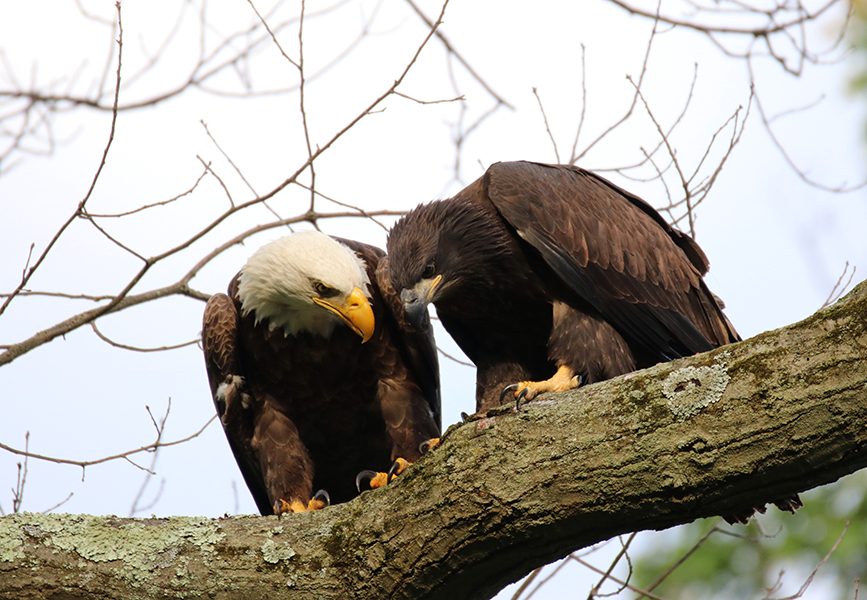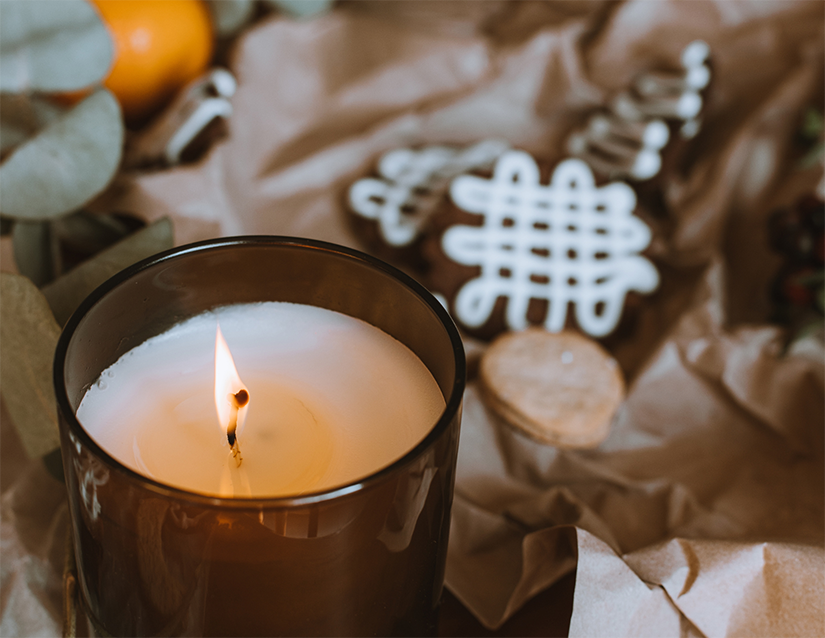
March 04, 2022| Environment
By: Caitlin Doran
For many of us, yesterday’s World Wildlife Day – proclaimed a national day to celebrate and raise awareness for wildlife by the U.N. General Assembly on December 20, 2013 – slipped by without much notice. If you missed it, why not take this moment to reflect on the fishy, furry, feathered, and flowering members of our community, who rely on the health of our lake as much as we do?
Fish like trout, mammals like mink, waterfowl like swans, and native plants like Rudbeckia hirta, are just some of the assortment of flora and fauna that call our lake ecosystem home and contribute to its delicate balance, a balance we all rely on.
People everywhere rely on wildlife and biodiversity-based resources to meet all our needs: food, fuel, medicine, housing, and clothing. Millions of people also rely on nature as the source of their livelihoods and economic and recreational opportunities.
The continued loss of species, habitats, and ecosystems threatens all life, including ours. According to data from the International Union for Conservation of Nature (IUCN) Red List of Threatened Species, over 8,400 species of wild fauna and flora are critically endangered, while close to 30,000 more are understood to be endangered or vulnerable. Based on these estimates, it is suggested that over a million species are threatened with extinction.
The focus of 2022’s World Wildlife Day is, appropriately, “Recovering key species for ecosystem restoration”. Discussions around world wildlife day seek to draw attention to and drive solutions to the loss of earth’s most critically endangered species and are shaped by the UN’s Sustainable Development Goals.
Working together, we can change the tide and make positive change happen for the voiceless animals and plants that call the Lake Hopatcong region home. We can think of few better examples of this kind of positive change than the recovery of everyone’s favorite’s favorite winged mascot: our national bird, the bald eagle.
In 1995, after decades of dramatic decline due in large part to the use of the pesticide dichloro-diphenyl-trichloroethane (DDT), the once-endangered bald eagle saw its conservation status change from endangered to threatened species. On August 9, 2007, it was officially removed from the threatened and endangered list. Whereas in the early 1980s, there was only one documented pair of nesting bald eagles in the state, we now have over 200 (the breeding population remains on the state’s endangered species list, providing them with the most protection). The 1972 ban of DDT in combination with restoration and management efforts by the Division of Fish and Wildlife’s Endangered and Nongame Species Program (ENSP), is credited with the eagle’s steady recovery.
Here on Lake Hopatcong, we are truly lucky to host three nesting pairs of bald eagles: one near Mariner’s Point in Hopatcong, another on Halsey Island, and a third up in the woods near Weldon Quarry in Lake Hopatcong. Bob Behrent, a Local NJ Fish and Wildlife volunteer, photographer, and LHF Member, monitors two of the three nests and believes there may be a fourth, somewhere near Byram Bay. Bob is known locally for his bald eagle presentations aboard the Miss Lotta. You can learn a lot about the local eagle population on one of these tours, which start up in the spring, or from this virtual presentation by Bob.
Humans were the cause of the decline of the Bald Eagle, but humans are also responsible for its rebound from the edge of extirpation. Change happens, first, by taking the opportunity to learn more about our local wildlife species and how our actions affect them. Together, we’ll continue to protect and promote the lake that many of us, and our eagle friends, depend on for our livelihood.
To learn more about NJ’s bald eagle population, visit Conserve Wildlife Foundation of New Jersey and check out the latest New Jersey Division of Fish and Wildlife Bald Eagle Management and Research report
Photo of Lake Hopatcong parent eagle with juvenile by Kathy Kresnosky.

December 17, 2025
Community, Fundraising, People

December 16, 2025
Community, Environment